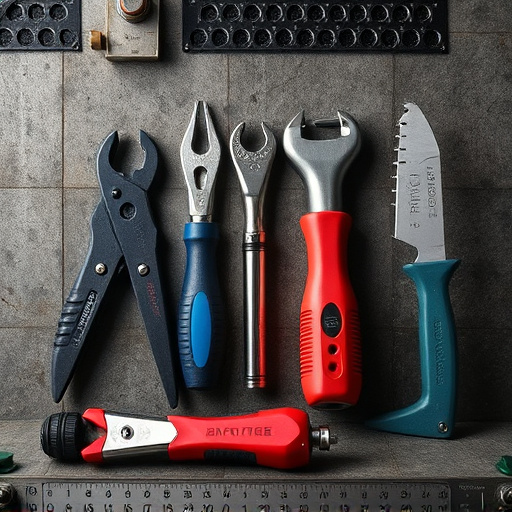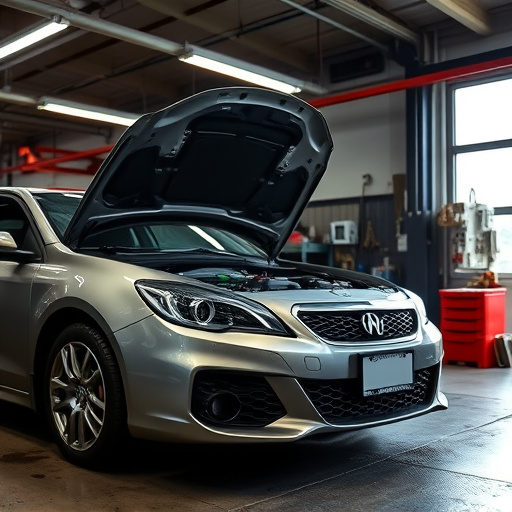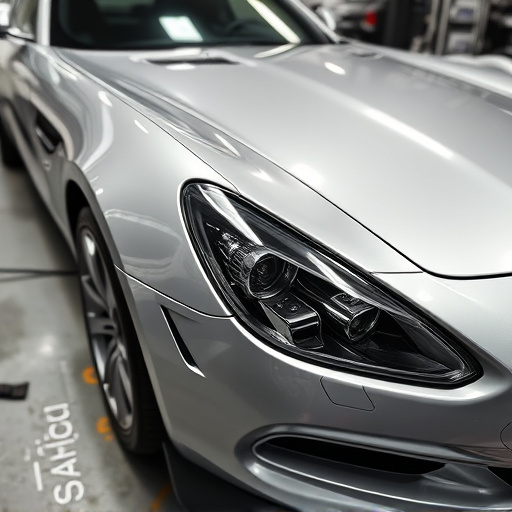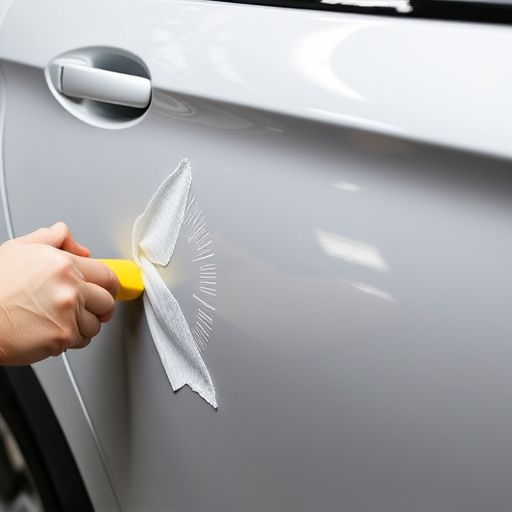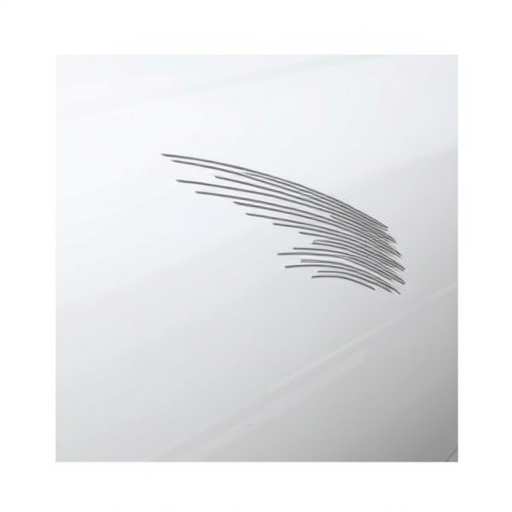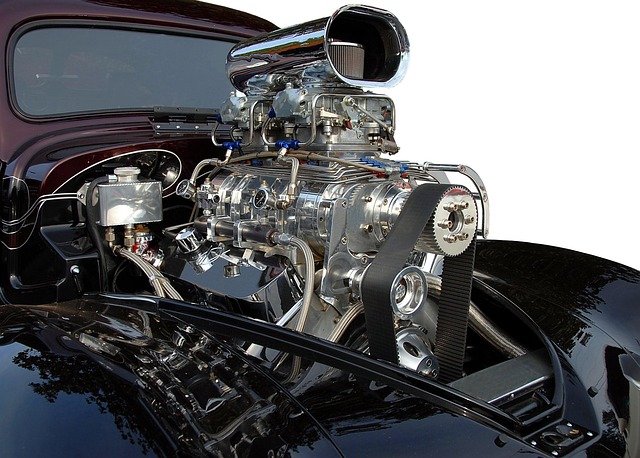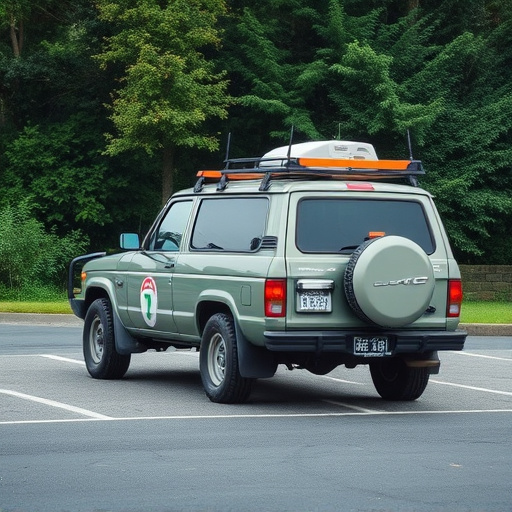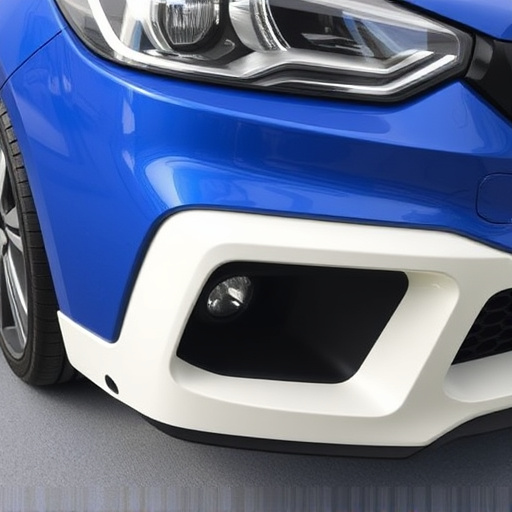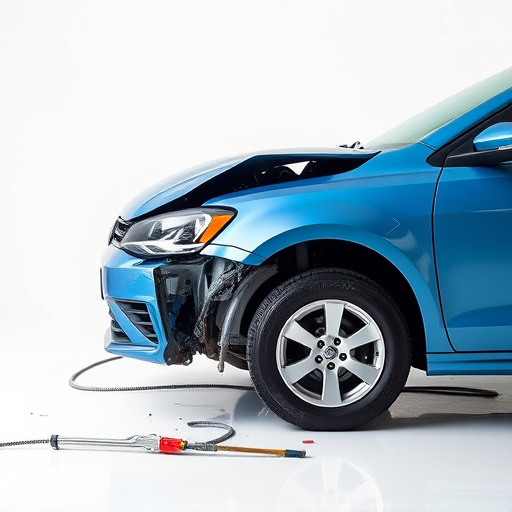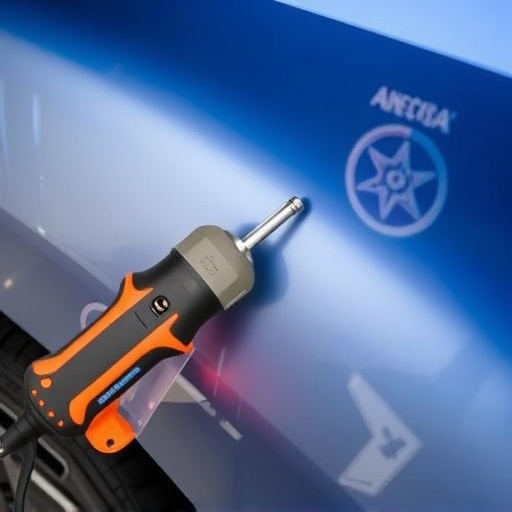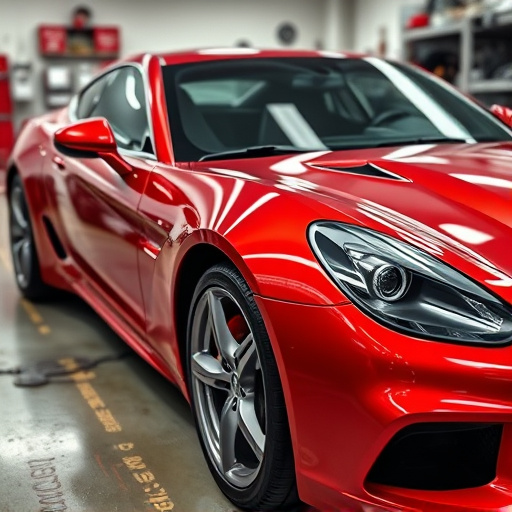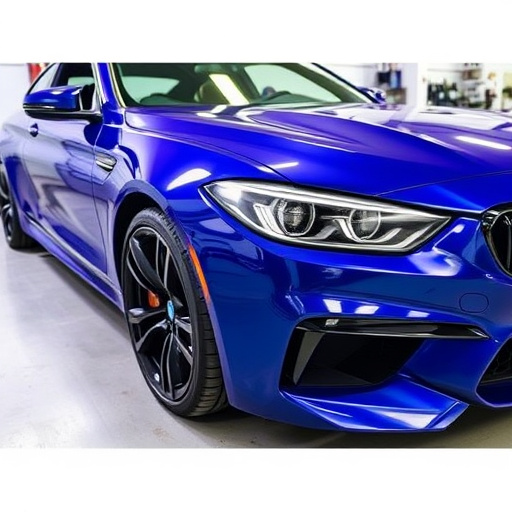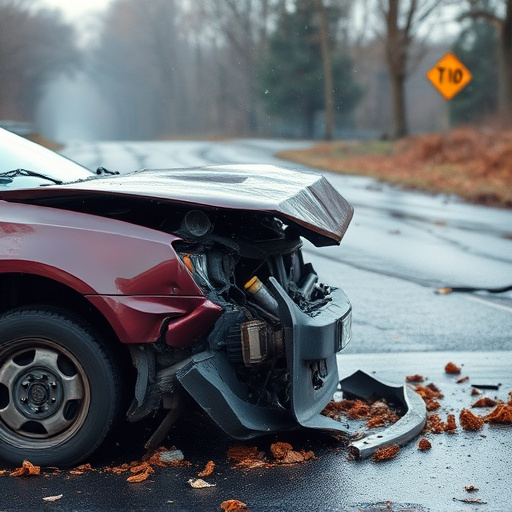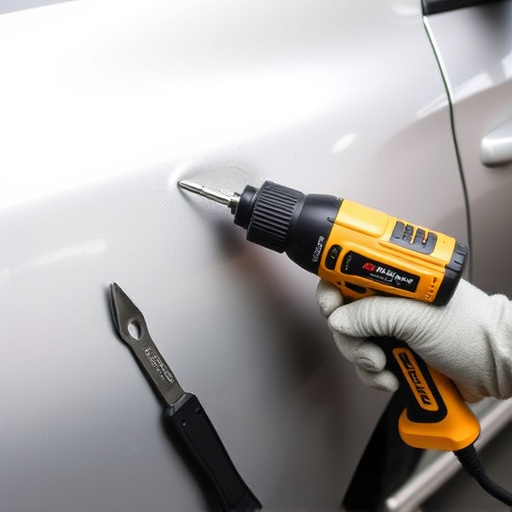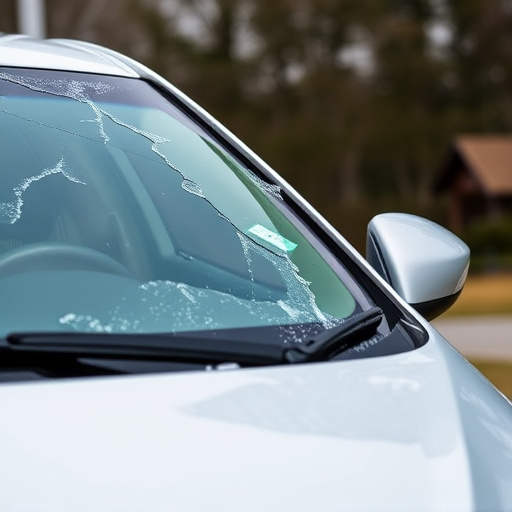Corrosion, a natural metal degradation process caused by moisture and oxygen, leads to structural failures over time. Aftermarket parts, though cost-effective due to mass production, may have inferior material quality and reduced corrosion protection compared to OEM parts, specifically designed for vehicle models with advanced materials and technologies. Effective corrosion protection strategies, including high-quality coatings, storage in dry conditions, and regular inspections, are crucial for maintaining the longevity of both aftermarket and OEM parts, especially in humid regions or areas using road salt during winter.
Corrosion protection is a critical consideration in the automotive industry, with aftermarket and original equipment manufacturer (OEM) parts facing distinct challenges. Aftermarket components, often made from lower-grade materials, are more susceptible to accelerated corrosion due to varying environmental conditions and less stringent manufacturing standards. In contrast, OEM parts undergo rigorous testing and employ advanced protective coatings. This article delves into the world of corrosion protection, exploring its causes, the material differences between aftermarket and OEM, and effective strategies to ensure longevity in a competitive market.
- Understanding Corrosion: Causes and Impact on Parts
- Aftermarket vs OEM: Materials and Manufacturing Techniques
- Effective Corrosion Protection Strategies for Longevity
Understanding Corrosion: Causes and Impact on Parts
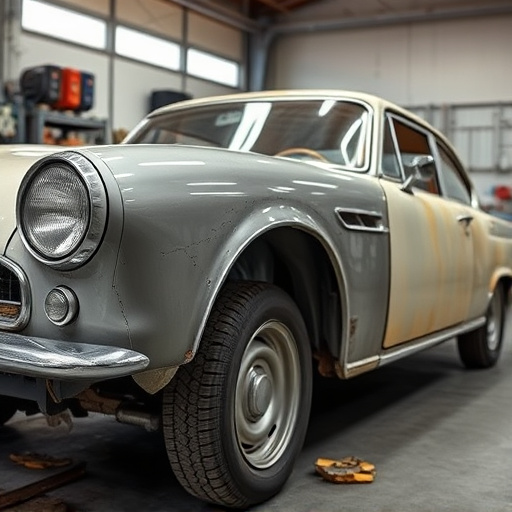
Corrosion is a natural process that occurs when metals interact with substances present in the environment, such as moisture, oxygen, and chemicals. It can lead to the degradation and deterioration of metal components, affecting their structural integrity and performance over time. Understanding the causes and impact of corrosion is essential when considering corrosion protection for both aftermarket and original equipment manufacturer (OEM) parts.
One common cause of corrosion is exposure to moisture, which can be accelerated by salt, acids, or other chemicals often found in external environments. In the case of automotive parts, a visit to an auto collision center or car bodywork services might leave metal surfaces temporarily exposed, increasing the risk of corrosion. Over time, this can result in rust formation, weak spots, and even complete failure of components like panels, frames, and mechanical parts. Effective corrosion protection methods are crucial for maintaining the quality and longevity of both aftermarket and OEM products, ensuring they withstand the challenges posed by various environmental factors.
Aftermarket vs OEM: Materials and Manufacturing Techniques
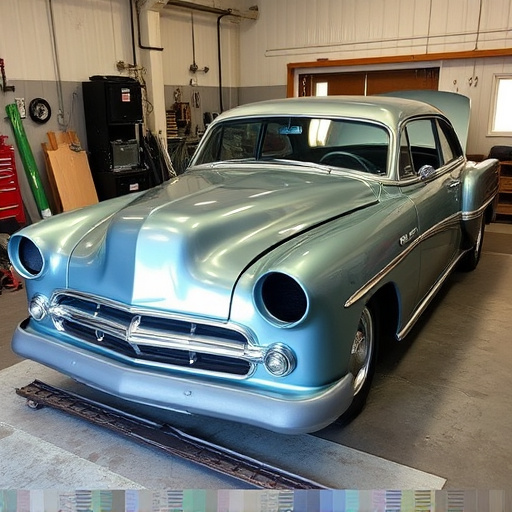
Aftermarket parts are typically produced in mass quantities using standardized manufacturing processes. This often results in a cost-effective solution but may come at the expense of material quality and corrosion protection. Aftermarket manufacturers usually use cheaper metals or alloys, which might not possess the same level of resistance to rust and corrosion as Original Equipment Manufacturer (OEM) parts. Their manufacturing techniques may also skip essential steps that ensure robust construction, leading to inferior structural integrity and durability.
In contrast, OEM parts are designed and manufactured specifically for a particular vehicle model, ensuring precise fitment and superior performance. OEMs often invest in advanced materials and sophisticated manufacturing technologies to deliver high-quality components. These processes frequently incorporate specialized treatments and coatings that enhance corrosion protection, making them more reliable in various environmental conditions, including car scratch repair or auto body repair after a collision. Such attention to detail guarantees that OEM parts meet stringent quality standards and offer long-lasting performance during the vehicle’s lifespan.
Effective Corrosion Protection Strategies for Longevity
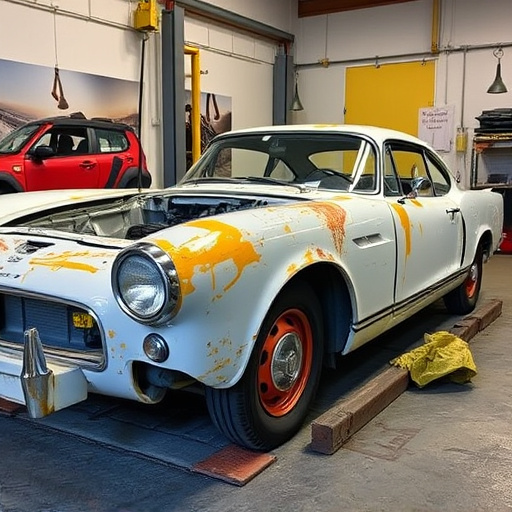
Effective corrosion protection strategies are essential for ensuring the longevity of both aftermarket and OEM parts. One of the most effective methods involves applying high-quality coatings, such as electrostatic paint or protective films, which create a barrier between the metal surface and corrosive elements like moisture and salts. This is particularly important in regions with high humidity or frequent exposure to road salt during winter months.
Additionally, proper storage and maintenance practices play a crucial role. Storing parts in dry, cool environments and covering them when not in use can significantly reduce corrosion. For collision centers offering vehicle repair services, implementing regular inspection routines to identify and address corroded components promptly is vital. This proactive approach ensures that vehicles undergoing paint repair or other restoration work are restored with corrosion-resistant finishes, enhancing their durability and resale value.
When it comes to vehicle parts, whether aftermarket or original equipment manufacturer (OEM), understanding and implementing effective corrosion protection strategies is paramount. By delving into the distinct materials, manufacturing techniques, and potential causes of corrosion, we can gain valuable insights to ensure longevity. Aftermarket parts, often made with diverse materials, require specialized corrosion protection methods to match their unique composition. In contrast, OEM parts, produced on a larger scale with consistent materials, benefit from standardized protection techniques. Ultimately, prioritizing corrosion protection for all automotive components not only enhances performance but also extends the lifespan of vehicles and reduces maintenance costs.
